Colorado falls short in grades for road quality, overall infrastructure
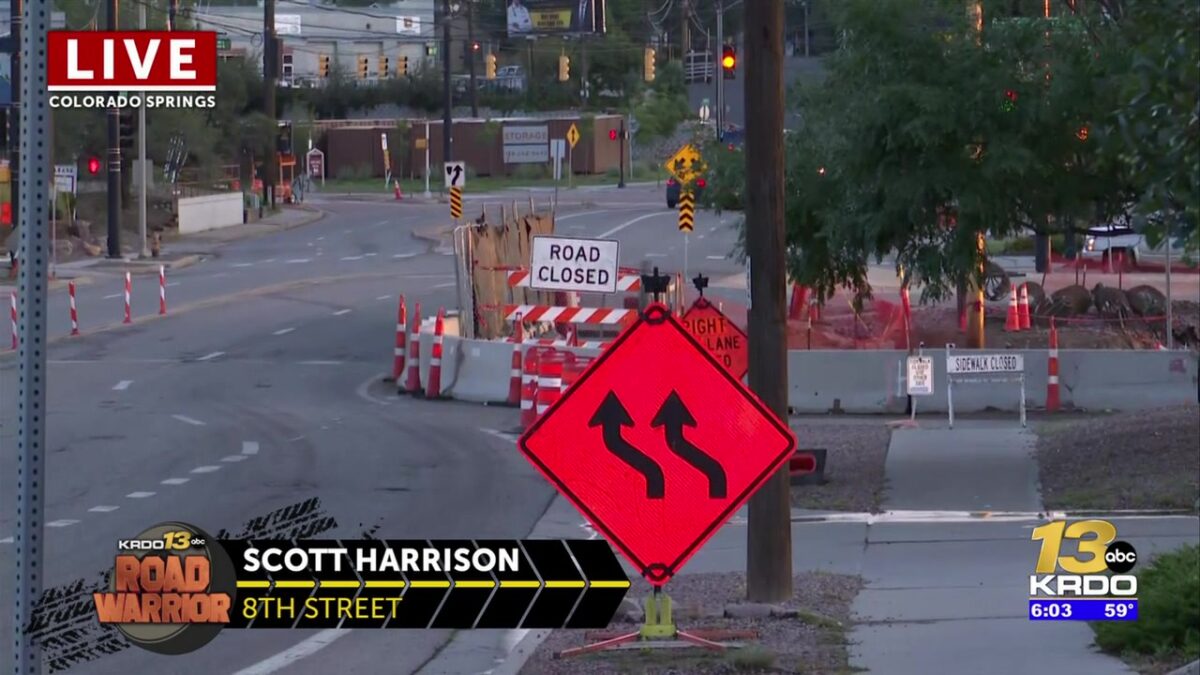
Scott Harrison
COLORADO SPRINGS, Colo. (KRDO) — The U.S. as a whole received a “C” grade for overall infrastructure for the first time, according to the American Society of Civil Engineers (ASCE).
However, in a state-by-state analysis, Colorado received a “C-,” covering 14 aspects of infrastructure, including dams, bridges, water quality, schools, and energy.

And that may not be the worst of it.
In a revelation that likely won’t surprise many Coloradans, the state received a”D+” for road conditions — a drop from the “C-” it received in the previous ASCE report in 2020.
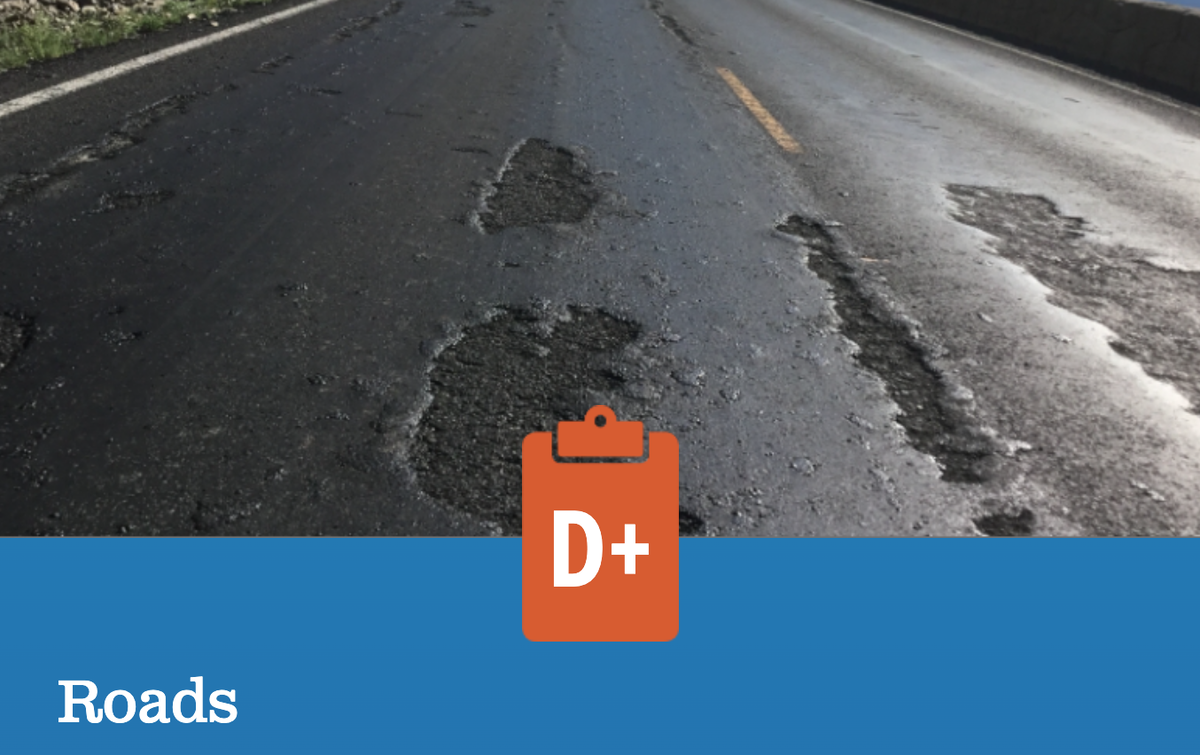
The ASCE released the grades in March, but members of the Colorado chapter gathered at Denver International Airport (DIA) on Wednesday to discuss the implications of the state’s low grades.

“Colorado has its own unique characteristics, trends, and challenges,” said Sarah Klarich, who’s in charge of government affairs for the state ASCE. “So, it is important to have a localized report that speaks to our state’s needs and future outlook.”
The ASCE listed several reasons for Colorado’s low grades, including challenges such as increasingly extreme weather events, 39% population growth since 2000, and aging assets that stress those critical networks.
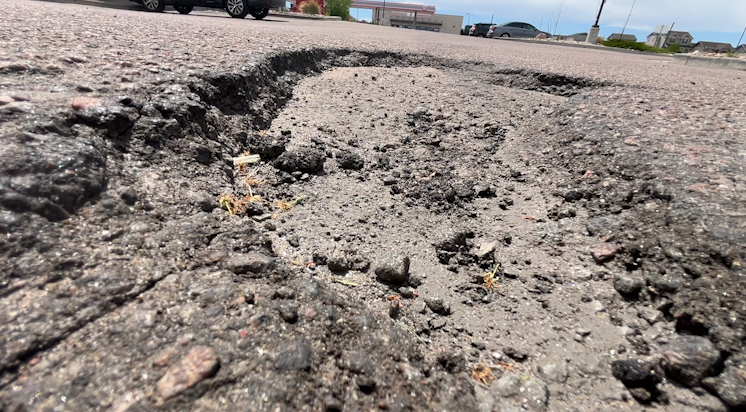
Still, the low grades — especially for roads — will frustrate and disappoint many residents at a time when they’re paying more in taxes, and their local governments are investing more in road maintenance.
Yet the numbers aren’t improving enough to satisfy drivers.
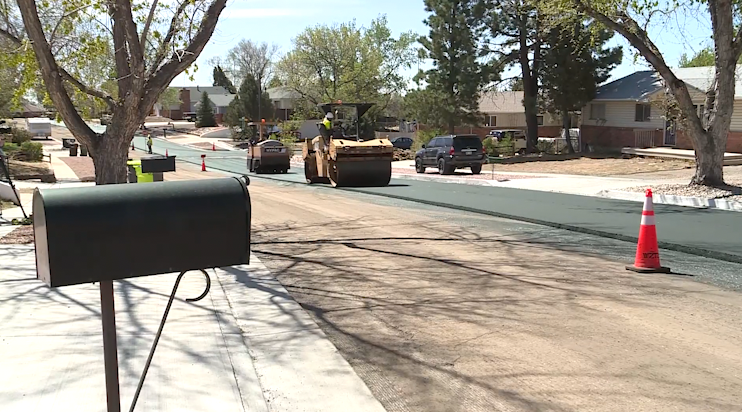
According to the ASCE report, 48% of roads are in good condition nationwide, but this percentage drops to 34% in Colorado.
“As we rebuild infrastructure in this country, we have to do it well,” said Phil Washington, the CEO of DIA. “We have to do it sustainably. We have to do it quickly. We have to do it ahead of schedule and under budget.”
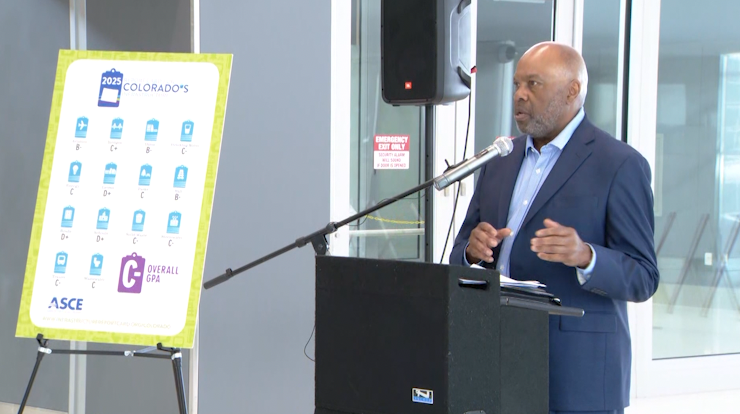
In offering solutions to the dilemma, the ASCE said that Colorado needs more public-private partnerships, better planning of road projects, and increased citizen involvement.
El Paso County and Colorado Springs have become somewhat of a leader in implementing those ideas and sharing the cost of projects.
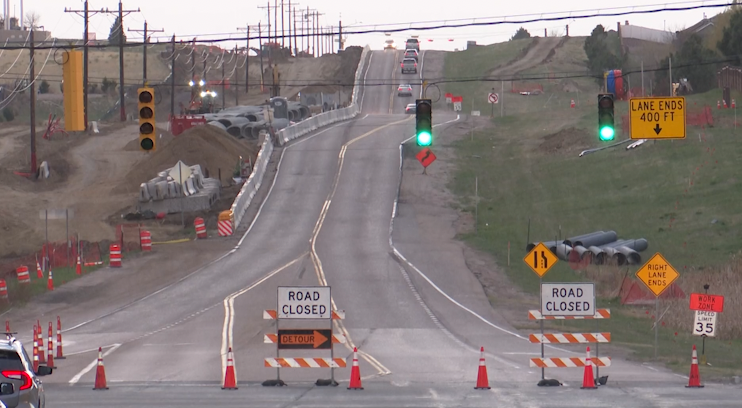
For example, the city and county are teaming up on the widening of Marksheffel Road, a three-year project scheduled for completion next year.
In a similar partnership, the Copper Ridge Metro District is fronting part of the cost of connecting the north end of busy Powers Boulevard (State Highway 21) to Interstate 25; that effort began in 2019 and won’t be finished until 2030 at the earliest.
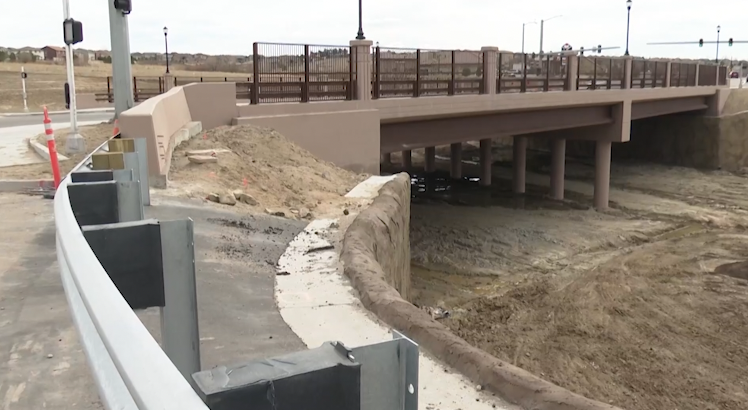
Also expected to be finished next year is a joint county/Colorado Department of Transportation project to widen the south end of South Academy Boulevard.
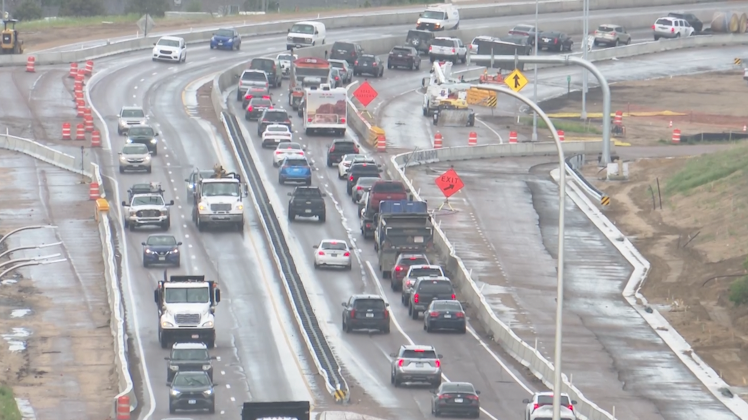
Colorado Springs also follows the ASCE’s planning requirement by performing concrete work — sidewalks, curbs, gutters, and ramps — to protect the integrity of paving projects.
Yet perhaps the best example of citizen involvement is the city’s 2C expanded street paving program, funded by a voter-approved sales tax increase in 2015 and since extended twice by voters.
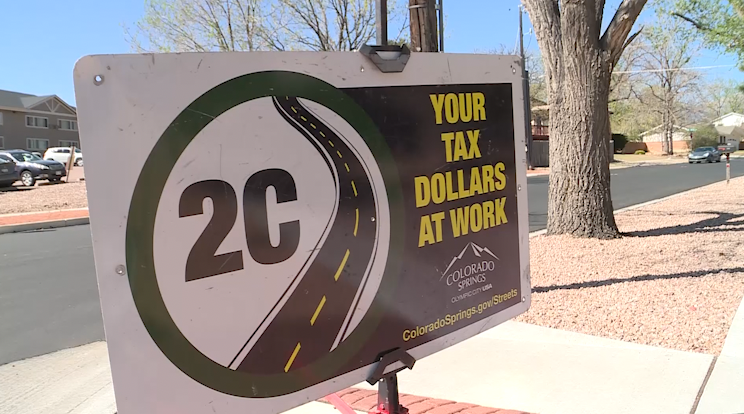
And in recent years, six local municipalities have joined the Pikes Peak Rural Transportation Authority, which levies a one-cent sales tax to finance infrastructure and transit projects.
Still, the question is whether these efforts will ever be enough to catch up or stay ahead on road projects.
.To see the full report, visit: https://infrastructurereportcard.org/